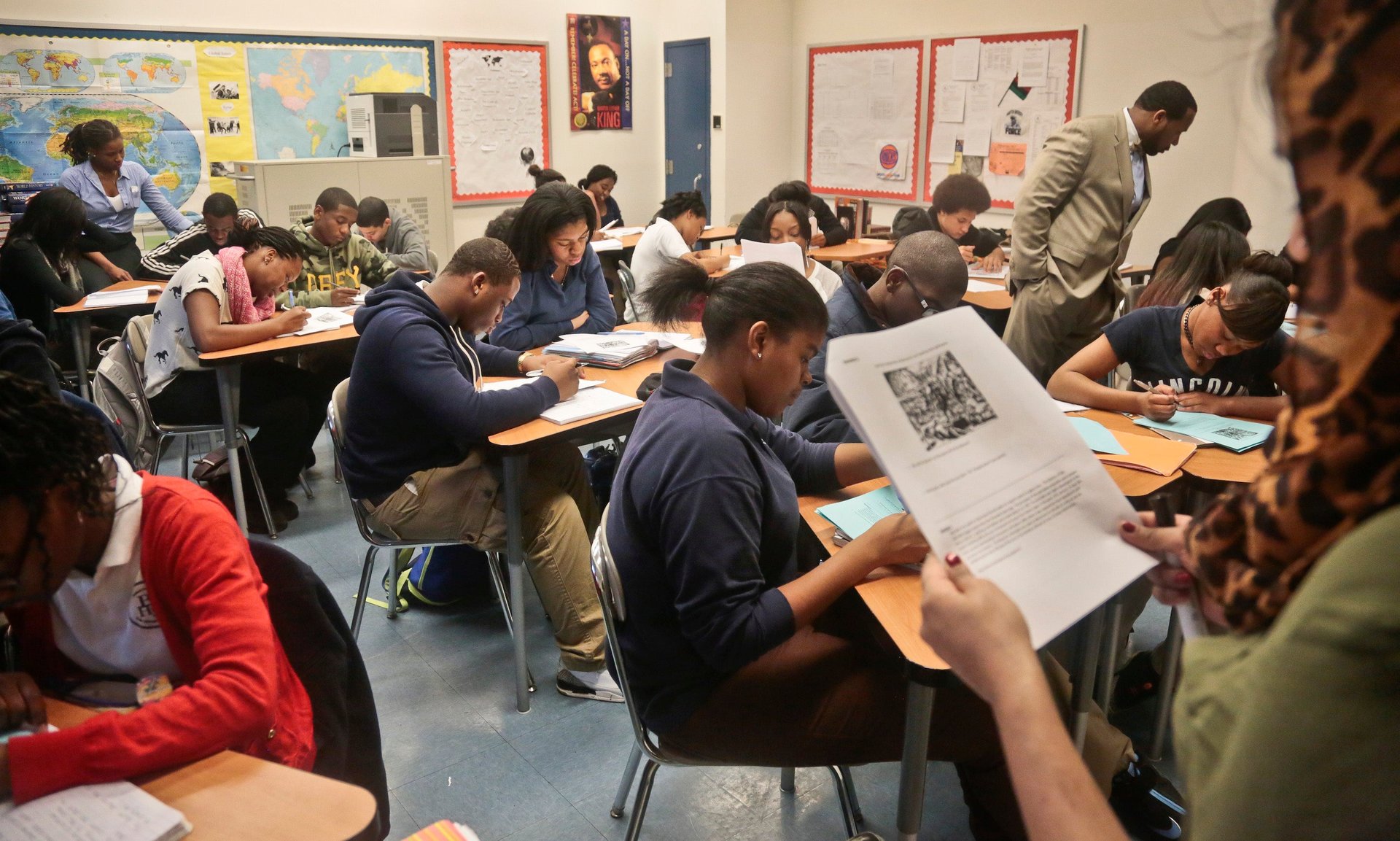US students can now get federal money to take college classes while still in high school
Taking college courses during high school is the classic overachiever’s move. It impresses recruiters, employers, and college admissions officers alike—and, as a bonus, it helps students skip ahead to advanced classes once they get to their universities.


Taking college courses during high school is the classic overachiever’s move. It impresses recruiters, employers, and college admissions officers alike—and, as a bonus, it helps students skip ahead to advanced classes once they get to their universities.
But for poorer students, the motivation can be completely different. College credits earned in high school—which may cost anywhere from hundreds to thousands of dollars—can translate to a reduced course load in college. That can mean lower tuition bills, a more manageable academic schedule, and a speedier graduation. Access to these courses also encourages high school students to think of college as an available, and less daunting, possibility.
On Friday, the US Department of Education recognized all these benefits by unveiling a new program. Under the program, the Obama administration will extend Pell grants—the signature federal packages that fund thousands of low-income college students each year—to qualifying students who want to take college courses in high school, thereby eliminating a huge financial obstacle for these high schoolers and their families. As many as 10,000 young students will get the extended grants in the 2016-17 school year. The program, currently running as an experimental pilot, will cost the government $20 million.
More than 1.4 million high school students took college-level courses last year. Pell grants, which are awarded in maximum amounts of $5,775 a year and, unlike loans, don’t have to be repaid, could prove extremely helpful to millions more. The grants gave $28.7 billion to more than eight million low-income college students in 2015, allowing many to attend universities they otherwise wouldn’t have been able to afford.
“A postsecondary education is one of the most important investments students can make in their future. Yet the cost of this investment is higher than ever, creating a barrier to access for some students, particularly those from low-income families,” Arne Duncan, the US secretary of education, said in a statement.
The department says the new grants will help keep high school students engaged in high school, as well as curb their future college tuition costs. Obama’s administration has rolled out a number of educational access programs of late—first offering Pell grants to prisoners, then extending federal aid to people in alternative certification programs.